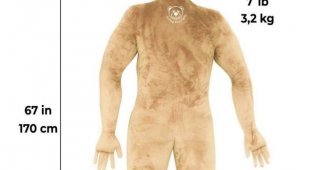Why are shipworms one of the most mysterious animals in the world? (8 photos)
Shipworms are small molluscs that cause billions of dollars of damage every year. 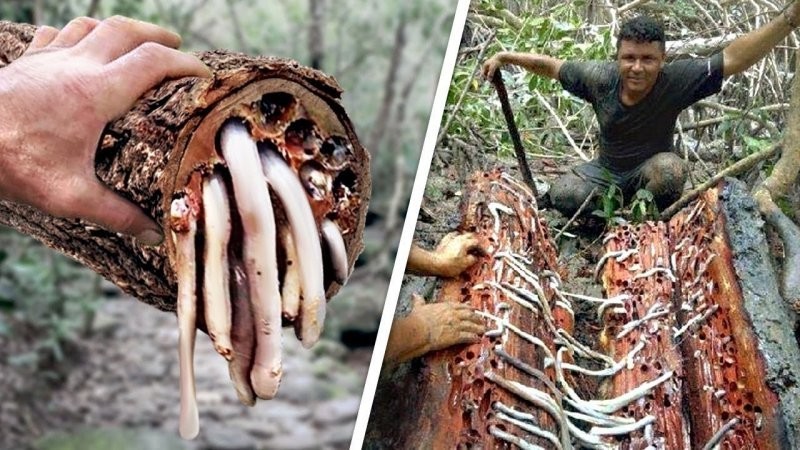
Because of his insatiable appetite, for many centuries, they eat wood and become the cause of the destruction of ships and berths. Complaints about them can be found in ancient Greek documents, and also in the writings of Christopher Columbus. There are quite a few on our planet many living beings that feed on wood.
An example is termites, which in 2012 began to destroy the Paraguayan palace of Lopez. However, if scientists already know exactly how termites digest wood, in relation to shipworms this question remains open. In this article, we will find out what is interesting scientists know about these mysterious creatures and what theories they build around their digestive system. 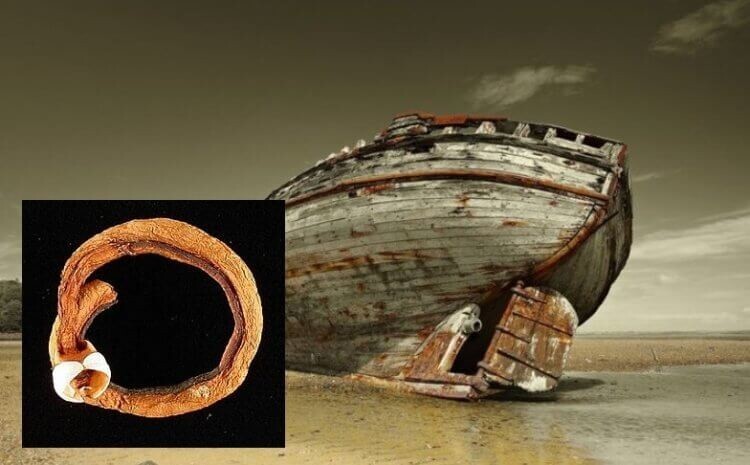
Shipworms can destroy boats within months
Interesting fact: in 2014 the architect Gustavo Glavinich (Gustavo Glavinich) shared that the western part of the Palacio de Lopez" is heavily eaten by termites. According to BBC News, insects floors and other coatings were so damaged that the building began to collapse from within. But this palace is the official residence President of Paraguay.
Who are shipworms?
Shipworms (Teredinidae) are called shellfish that live by eating wood. For now scientists know about the existence of about 60 species - representatives of some varieties can reach a meter in length. At the front end of these creatures there is a small shell, with the help of which they and make deep holes in the wood. In the process of monitoring worms, scientists noticed that the first thing they do is cling to the wall of the passage with the help of a leg and only then moves the shell. Commonly made worm holes are 6 cm in diameter and 2 meters long. 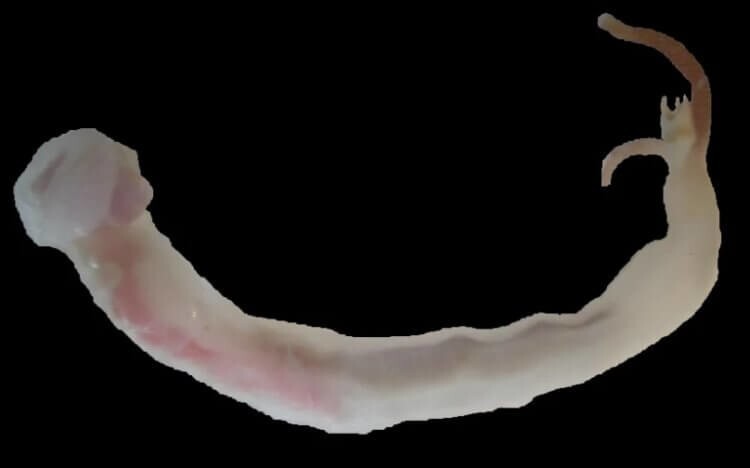
Teredo navalis shipworm, also known as shashen
Unfortunately, these creatures feed not only on trees, that grow in the forest. Besides them, they also eat wood buildings and old ships. Last always dealt the most harm - just about a century ago, shipworms were considered the same trouble for sailors, like storms and other unpleasant surprises of nature. It is believed that in just a month these creatures could turn the bottom new ship in a sieve. And in the 1730s they are so strong multiplied in Holland that began to eat wooden piles under cities and cause them to sink. 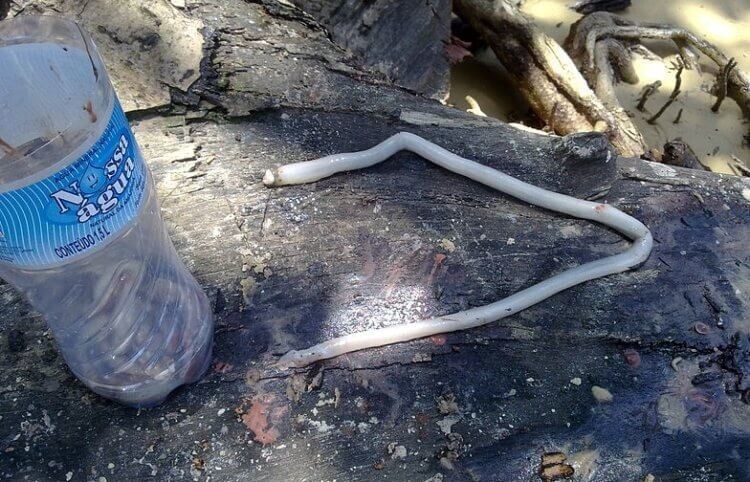
Shipworm recovered from a tree in Brazil
How do animals digest wood?
Scientists are still not entirely clear how shipworms process wood. They already know that termites in the bacteria living in their digestive system help a lot in this matter. However, according to Science Alert, shipworms surprisingly clean intestines. Scientists admit that the organisms of these mollusks have enzymes that help break down Cellulose is an integral part of plant cells. But in the walls wood cells also have more durable lignin, for digestion which need substances that are definitely absent in the organisms of ship worms. 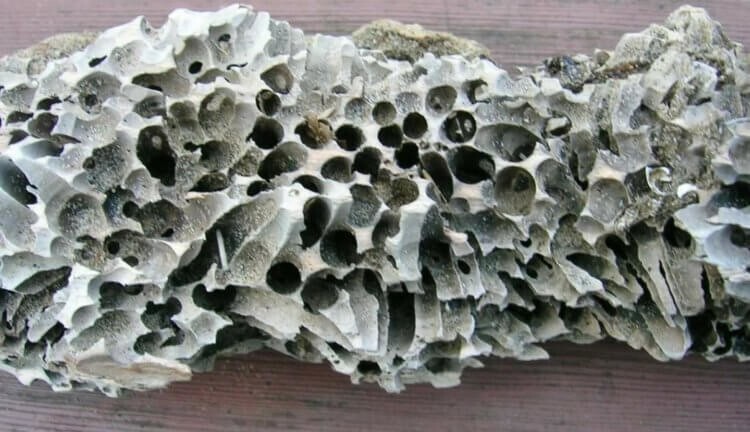
Holes in wood left by shipworms
I studied the genetic data of 5 different types of ship worms in search of certain groups of proteins that create enzymes capable of digesting lignin. My search turned up nothing, — admitted microbiologist Stefanos Stravoravdis (Stefanos Stravoravdis).
So at the moment shipworms remain very creatures mysterious to science. Scientists speculate that they may digest lignin in a manner that crustaceans of the Limnoriidae species use. They also do not have enzymes capable of breaking down the durable constituents of wood. But their guts produce hemocyanins, proteins that make lignin more porous and easier to digest. 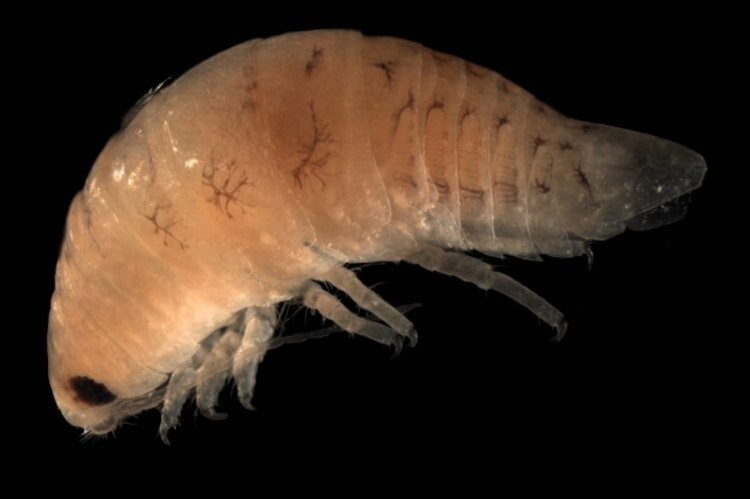
Marine crustaceans Limnoriidae also feed on large amounts of wood.
Brown rot fungi are also capable of transferringbrew this stuff in a roundabout way: they supplement their small set of intestinal enzymes many reactive oxygen species and thus easily digested lignin. Evidence for this has been published in the scientific journal Biological Macromolecules. Perhaps one of these methods is also used by shipworms, but this has not yet been proven. 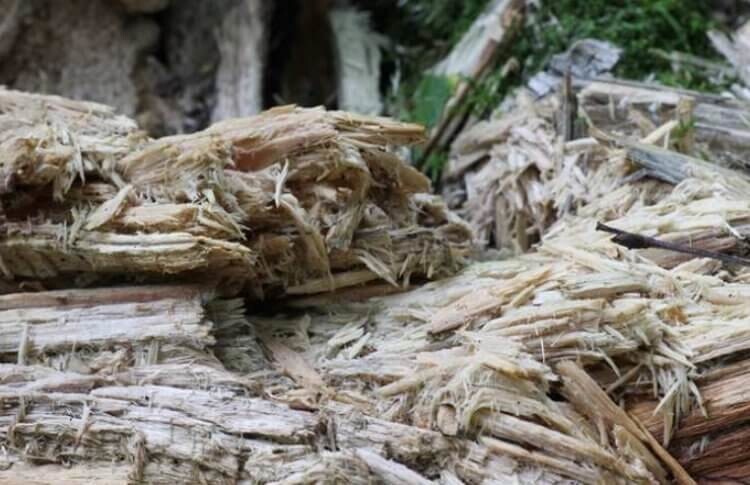
Brown rot fungi are called fungi that are able to decompose wood.
At the beginning of the article, I mentioned that shipworms delivered trouble even for Christopher Columbus. He and his team discovered America in 1492, using several ships. Chief among them was "Santa Maria", which subsequently sank and almost completely was eaten by shipworms. But in 2019, scientists managed to find the remains of another ship of Columbus. 












